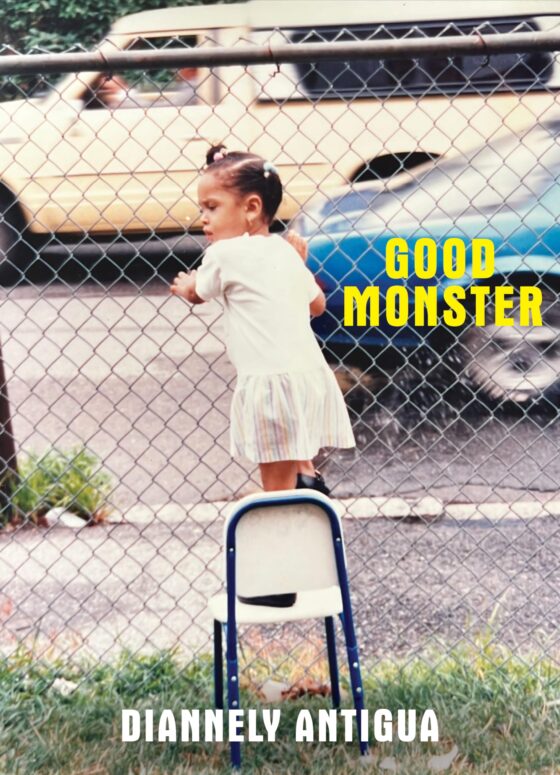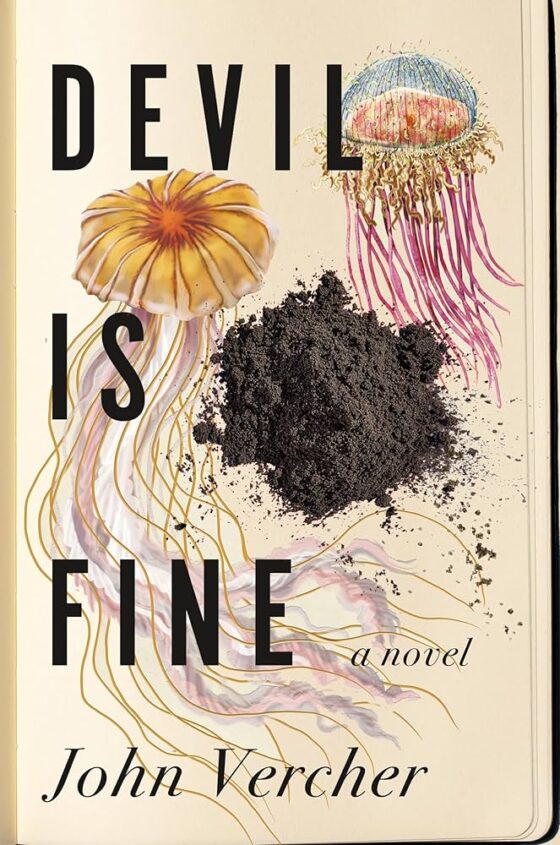The Flight of Gemma Hardy and Death Comes to Pemberly both attempt to pay homage to nineteenth century novelists, but the translation is not always apt.
I rarely reread books. It seems like a wasteful thing to do when there are so many books I still want to read for the first time. When I heard about The Flight of Gemma Hardy, Margot Livesey’s modern retelling of Jane Eyre, it seemed like having it both ways—reading a new book and revisiting and old one. I should have reread Jane Eyre.
Two times of late I’ve gone down this road—with Gemma Hardy, and with Death Comes to Pemberly, P.D. James’s murder mystery sequel to Pride and Prejudice. I’ve been drawn in by my old friends Jane, Rochester, Elizabeth, and Darcy, but left feeling like I’d just seen a community theater production of Hamlet—where the brilliance of the source material is apparent, but the performers are both beholden to and unworthy of it.
That is not to say that Margot Livesy or P.D. James are on par with community theater troupers. Both are superbly talented writers, and both chose source material that suits them. P.D. James’s wry, funny, almost no-nonsense prose is a natural fit at Pemberley, whose master and mistress were attracted to each other as mutual relief from nonsense. Livesy’s more sensory prose, unafraid of lulls, is perfect for the story of a girl who is either sad or bored for three-quarters of the book.
But no matter how adept the writing, it can’t do more than follow the path its been given. Livesey has reset Jane Eyre in 1960s Scotland, where orphaned Gemma lives with her aunt, then is sent to an austere boarding school, then moves to the Orkneys to be an au pair. There (tra la!) she becomes engaged to her employer, Mr. Sinclair, only to run away when she finds out his dark secret, only to return to him.
One’s first reading of Jane Eyre, as I remember it, is darkly suspenseful (what are those attic noises), where Gemma Hardy is not. We are waiting patiently for the twists and turns we know will come, and a few of them aren’t notably twisty when they arrive. The big reveal that breaks the engagement is a trifle compared to Eyre’s existing-crazy-wife-in-the-attic, and I was slightly disappointed that no one went blind (though there is a blind character in another section of the novel, a curious kind of homage).
Livesy was careful to set her in a world that feminism was only beginning to touch, and yet the stakes for Gemma never feel as high as they did for Jane. Jane Eyre’s problems aren’t modern problems, and they feel out of place in mid-nineteenth century Britain. (Since I broke with my fiancée, should I marry this other nice man even though we don’t love each other? No, Gemma.)
I feel unjust saying that Livesey’s novel is less gripping and romantic than one of the most gripping and romantic stories of all time, but what am I to do? She rewrote Jane Eyre! She’s reminding me, on every page, of a canonical work. Nostalgia for its predecessor is the book’s main attraction, which Livesey is aware of, and most likely shares, but that nostalgia is what keeps the adaptation from stepping out on its own.
This is what confuses me: if you are a gifted writer, why would you tie yourself to someone else’s story, inhibiting your scope and inviting comparison? Perhaps you too wanted to spend more time with the Rochesters and the Darcys? Or perhaps, as I suspect is the case, you’re P.D. James and you’re 91 and you can do whatever the hell you want? These aren’t rhetorical questions. Because the result feels, as they so damningly say on Project Runway, like student work—like an extremely time-consuming, exquisitely executed writing prompt.
P.D. James gave herself more leeway that Livesey, writing a sequel rather than a retelling. Death Comes to Pemberley takes place a few years and a few kids into the Darcy’s marriage, on the occasion of Pemberley’s annual Christmas ball. The Bingleys are there, and Mrs. Reynolds, and Lydia Wickham comes to the great house in Derbyshire uninvited and then, you see, comes death.
I will say that the trip back to Pemberley was the delight I expected, and I spent much of my reading gleefully shouting at my Nook (“Shut uuuuuup” when Lydia Bennett runs her mouth, “Yaaaaaaaay” each time Darcy appears). And yet, again, the only credit I can give James for this delight is in very aptly recreating someone else’s characters. The murder mystery and its solution were secondary in my attention to how Darcyish Darcy was going to act.
I like novelists, Livesey and James included, which is why I was puzzled that they would want to be bound (pun intended) by another’s work. Nostalgia is for the movies, ladies, and you’re so much better than the movies.




